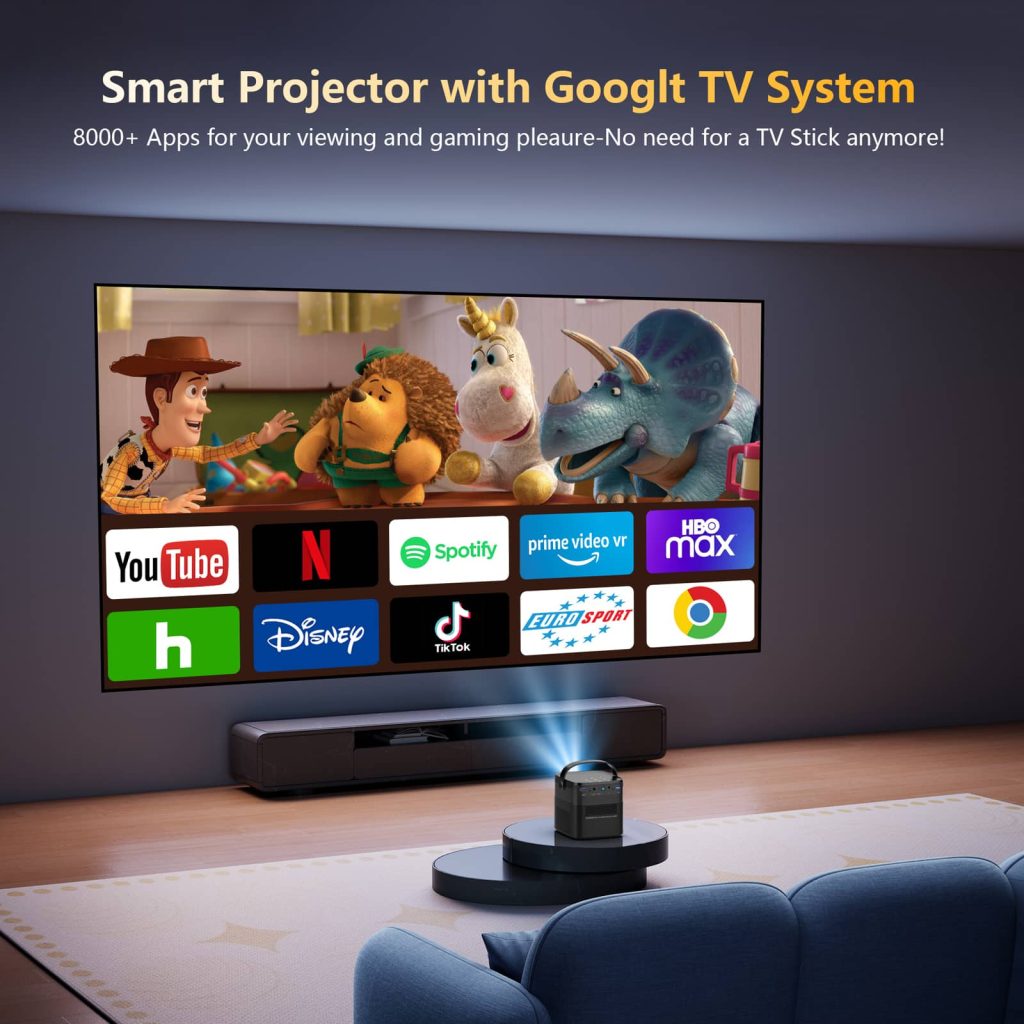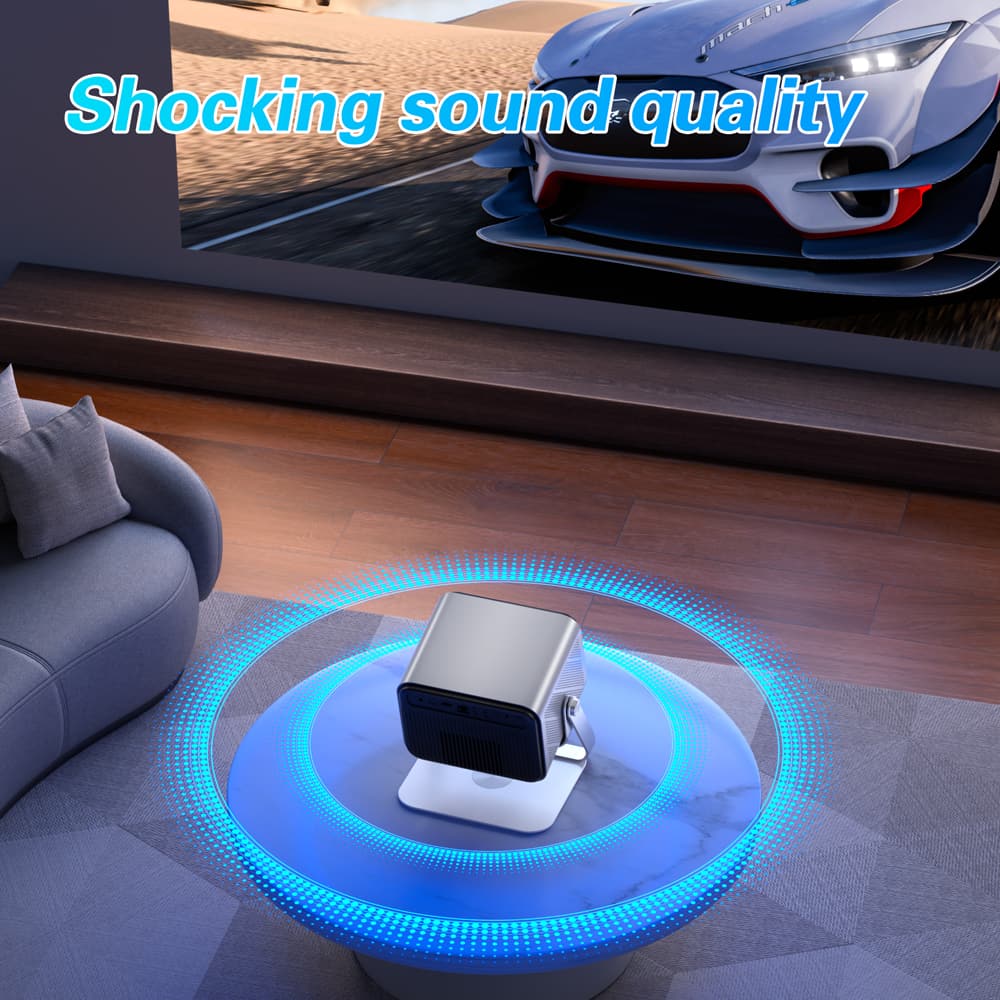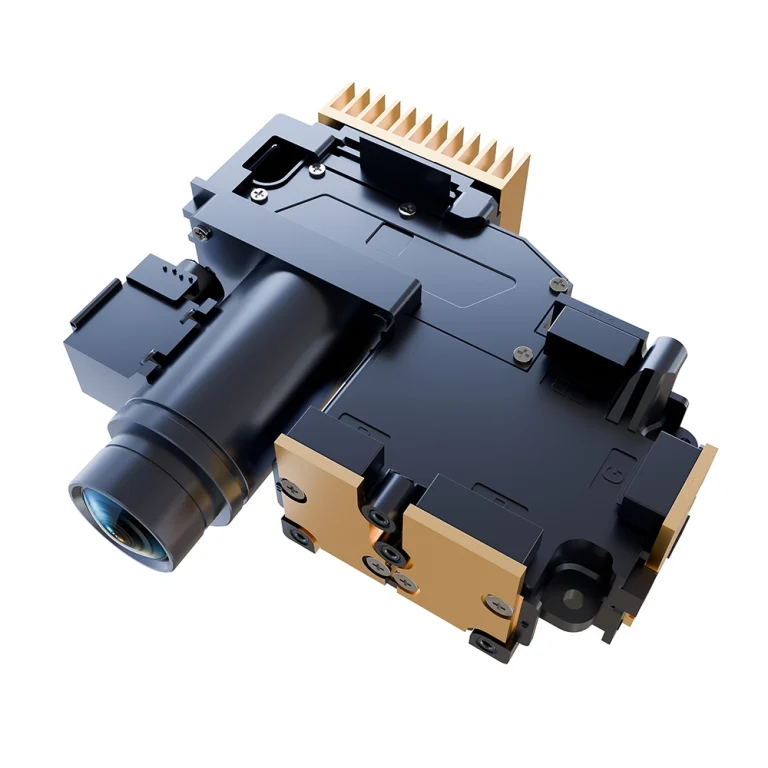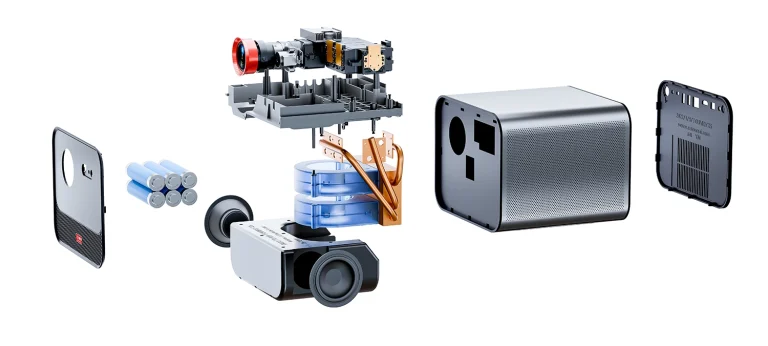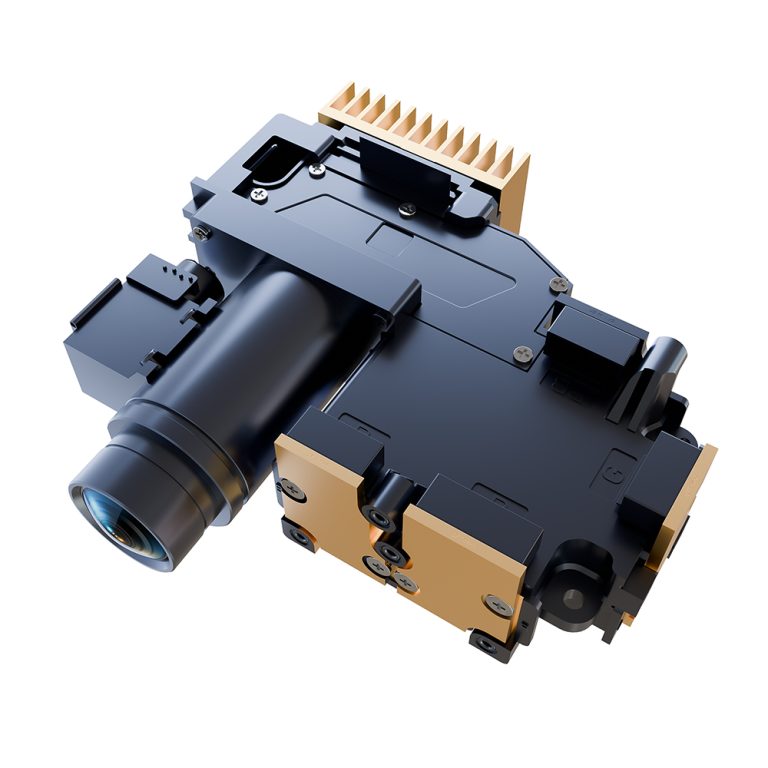Hey folks, if you’re jumping into projectors, you might have a spot in mind. Like a snug home setup for films or a handy one for outdoor hangs. But here’s the real deal. One big thing that can mess up or make your time great is color brightness. It’s more than just a bright screen. It’s about those lively shades jumping out like they should. In this piece, we’ll go over what you need to pick a projector with solid color brightness. I’ll keep it straight, sharing bits from my own messes setting up these things in dark rooms and bright yards. Hang in there, and you’ll feel good about your choice.
What Exactly Is Color Brightness?
To start, color brightness isn’t some fancy term pushed by sellers. It’s a true measure of how a projector deals with colors in light. Think about it this way. Old brightness numbers often look at white light, counted in ANSI lumens. But color brightness? That’s the strength of reds, greens, and blues. It makes sure your device doesn’t fade out bold parts.
Years back, projectors pushed hard on whites. That left colors looking weak in shows or talks. Now, groups like the International Committee for Display Metrology have rules. They see color brightness as lumens for colored light, apart from white. Why care? A projector could claim 2000 lumens in white but fall to half in color. That turns your exciting movie into a dull card.
Imagine watching a sunset in a nature show. With weak color brightness, those warm oranges and deep purples seem dirty. Get it right, though, and it feels real. I’ve swapped an old one for a better model. The change was huge. Or rather, a bright shift.
The Difference Between White and Color Brightness
To make it clear, white brightness works well for wordy slides in a room with lights. Color brightness stands out in pictures with layers, like snaps or clips. In office talks, you want strong white for sharp words, and okay color for simple graphs. For movie evenings at home, ease up on white but crank color for deep views. Outdoor shows need both strong to beat sun and keep shades alive. Gaming spots want a mix, with high color for moving effects.
You get it? No single fit for all. If you’re getting one for family meets, go for types where color lumens match or beat white. Less than that, and you’ll kick yourself when colors look wrong.
Why Prioritize Color Brightness When Shopping?
So, why make a fuss about this when picking a projector? It’s simple. It shapes how fun and useful your gear is. I’ve heard from people who bought just on brightness. They sent it back because shades were flat. Skip that hassle.
In dim spots like a basement movie area, good color brightness pulls out fine bits in dark and light parts. Tests show projectors with at least 80% color to white ratio give true looks. That’s not just numbers. It’s why a film’s maker wanted those rich blues in a sea shot.
Plus, it adds flex. If you’re carrying it for camp outs—I’ve done that, throwing images on a tent side—outside light wipes weak colors quick. A projector with steady color brightness lasts better. You can watch games or series without all going gray.
It amps up the feel, with shades that grab you and make you forget it’s projected. It gets hues right, key for photo folks or planners needing real tones. It deals with mixed lights, so no full dark rooms—life’s too quick for that. And it gives lasting worth, since better color parts often mean tough builds, saving from fast swaps.
Once, I hooked up a projector for a pal’s birthday pics. The room had lamps on. Colors were so lively, everyone thought it was a high-end screen. That’s the charm. It’s not pure tech. It’s about making good times.
Key Specs to Check for Top-Notch Color Brightness
Now, the details. When looking at choices, skip just the cost. Check these for color brightness that impresses.
Resolution: The Foundation of Color Detail
Resolution isn’t the whole story, but it links straight to color work. A 1080P or up handles more dots, so smoother shade shifts. Aim for at least 1920×1080 if colors count. Lower, and you’ll spot lines in skies or faces.
From what I’ve seen, 4K is too much for most unless big screens, but 1080P with solid color tools? Perfect. Seek DLP types. They use tiny mirrors for clear shades without odd rainbow flashes some spot.
Light Source: LED vs. Lamp and Beyond
The core of color brightness is the light part. Old lamps dim over time, cutting color after 2000 hours. LEDs or lasers? They keep strength longer—up to 20,000 hours no sweat.
LEDs are cheap and steady in colors, but look for RGB kinds for full range. Lasers cost more, but great for lit rooms, with pure shades that stay strong.
I had a lamp projector that yellowed after a year. Changed to LED, and colors held firm. Tip: Go for 250 ANSI lumens or more in color for carry-around use.
Throw Ratio and Room Setup Impact
Throw ratio—how far for a screen size—hits brightness too. Short-throw ones under 1.0:1 keep colors strong in tight spots. Small place? That’s it. Longer throws spread light thin, so add more lumens.
Screen stuff counts. A gain screen from 1.0 to 1.5 lifts brightness without messing shades. I’ve tried flat vs. shiny—flat does better for even colors in different lights.
Testing and Evaluating Color Brightness Before You Buy
Don’t buy into numbers alone. Checks and tries are key. Lots of shops let you test in varied lights. Seek color brightness scores—best if they match white lumens.
Use test shapes: Grab color lines or fades. If reds run or greens look bad, move on. Apps for tuning screens help.
A fun tip: Show a fresh fruit pic. If berries look tasty, keep it. Odd, but true—beats boring guides.
And hey, sometimes you just gotta try it out in your own space. I’ve lugged home a few, set them up next to my window, and watched how colors hold when the sun peeks in. It’s not always perfect, but it beats guessing from a store demo. Plus, if you’re like me and hate reading tiny print on boxes, this hands-on stuff saves time.
Introducing Toumei as Your Projector Supplier
Before we finish, let’s chat about a good pick in projectors: Toumei. Out of Shenzhen, they’ve made DLP projectors since 2013. They focus on smart, easy-to-carry models that hit color brightness right. As a tech firm, they do design to making, with over 100 patents. Their range has eye-safe portables up to 1600 ANSI lumens and 1080P, great for lively colors anywhere. For OEM/ODM or ready ones, Toumei’s record is strong, sending to the US and Europe. If you want sure color work, see their products spot—full of choices mixing tech with daily life.
I’ve poked around their site a bit, and it’s clear they put thought into real use. Like, not just specs on paper, but how it fits into a busy day or a chill night. Makes sense for folks tired of gimmicky stuff that falls short.
Conclusion
To sum up, getting a projector comes down to getting color brightness for that big impact. We’ve gone over basics, why it matters, and what to spot—giving you tools to dodge bad ones. Keep in mind, it’s your area and wants; try if possible, and you’ll have gear that brightens things. Enjoy the shows!


